Plants have an incredible ability to brighten our spaces, improve air quality, and bring a sense of calm to our lives. But like all living things, they sometimes outgrow their homes or need a little extra care to thrive. Replanting — or repotting — is one of the best ways to give your plant a fresh start and new life.
Whether your plant is root-bound, showing signs of stress, or simply needs a bigger, healthier space to grow, this guide will walk you through everything you need to know about how to replant a plant successfully. From identifying when it’s time to replant to step-by-step instructions and aftercare tips, we’ve got you covered.
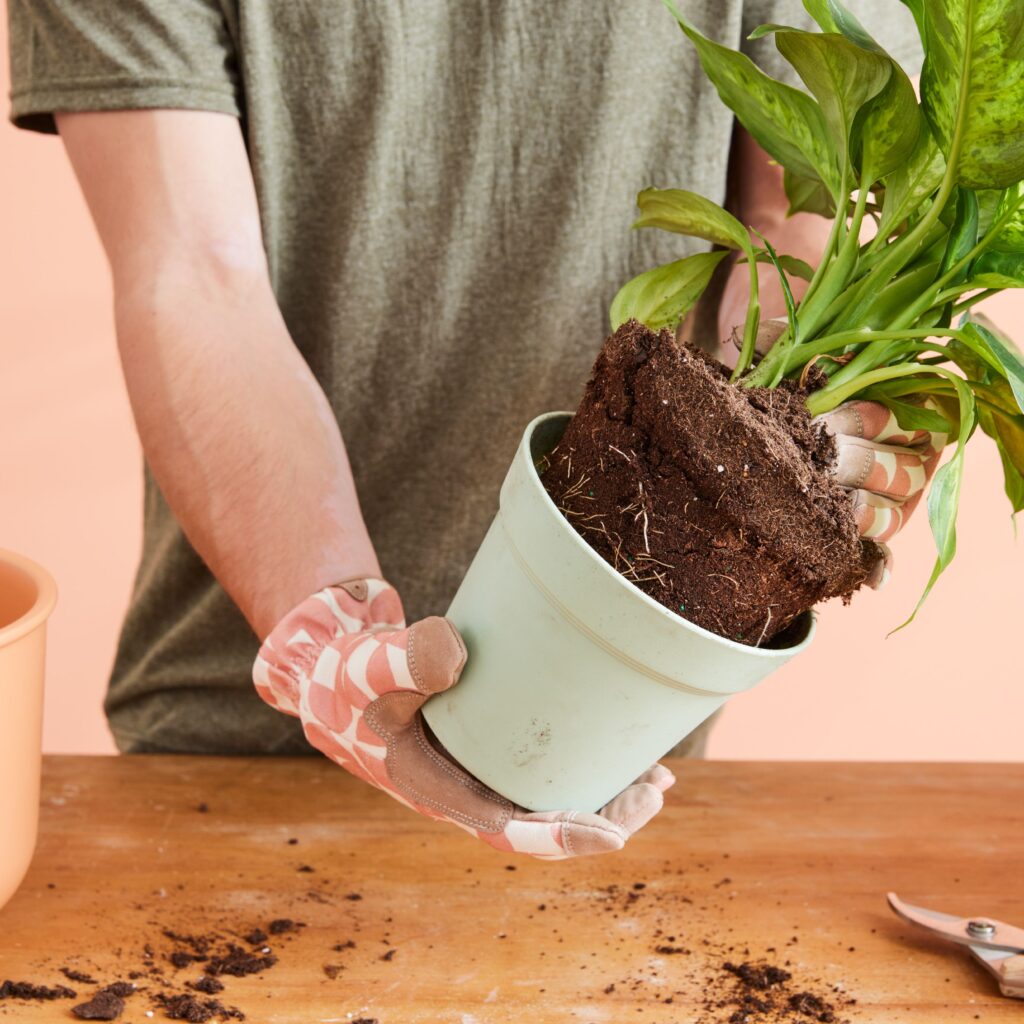
Why Replanting Is Important
Replanting isn’t just about aesthetics or giving your plant a new pot — it’s vital for your plant’s health and longevity. Here’s why:
- Prevents Root Bound Conditions: When roots run out of space and circle the pot, they can suffocate themselves and the plant.
- Refreshes Nutrient-Depleted Soil: Over time, soil loses essential nutrients and becomes compacted.
- Improves Drainage: Old soil and poor drainage can lead to root rot.
- Boosts Plant Growth: A fresh environment encourages new root development and healthy foliage.
- Rescues a Struggling Plant: If your plant shows signs of stress, replanting can often revive it.
How to Know When It’s Time to Replant
Before you grab a new pot and soil, look for these signs that your plant needs replanting:
- Roots are growing out of the drainage holes
- Soil dries out too quickly after watering
- Visible roots circling the soil surface
- The plant looks top-heavy or leans to one side
- Yellowing or wilting leaves despite regular care
- Soil has compacted, hardened, or developed a crust
- Plant growth has slowed significantly
For most houseplants, replanting is typically needed every 1–2 years, while faster-growing species might need it annually.
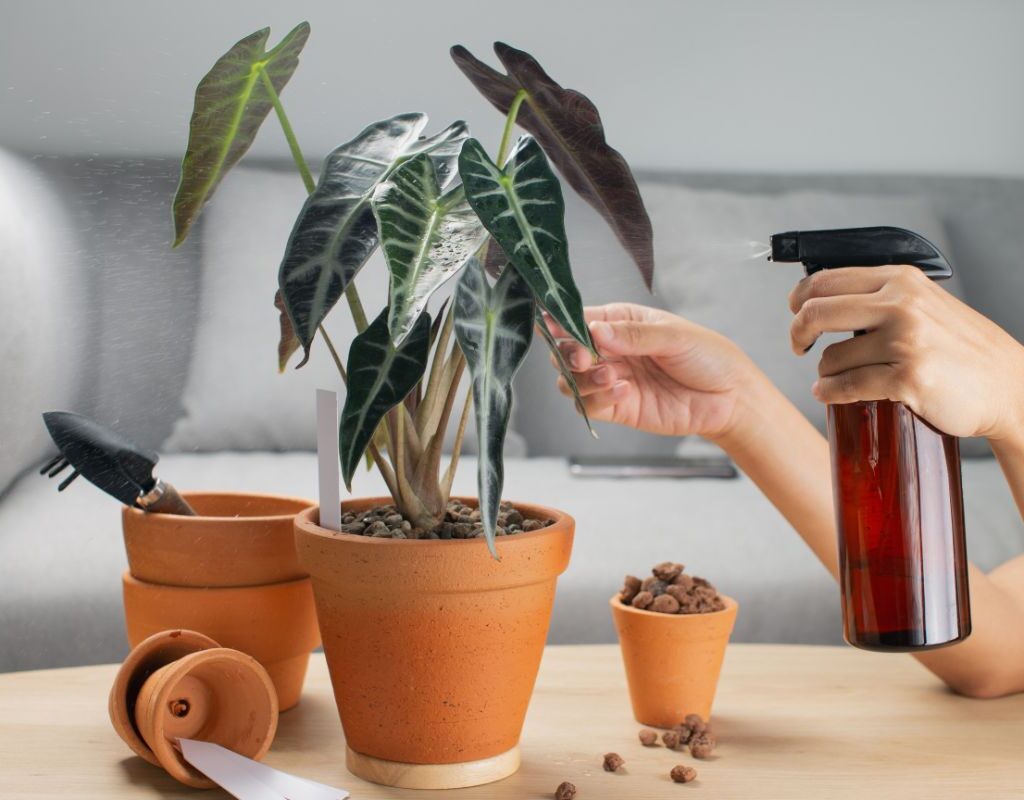
What You’ll Need
To replant your plant successfully, gather the following supplies:
- The plant you’re replanting
- A new pot (1–2 inches wider in diameter than the old one) with drainage holes
- Fresh potting mix suitable for your plant type
- Gloves (optional, but useful for prickly or sap-producing plants)
- A trowel or spoon
- Sterilized scissors or pruning shears
- Watering can
- Newspaper or plastic sheet to keep your workspace clean
Step-by-Step Guide to Replanting a Plant
Follow these detailed steps to give your plant a fresh, healthy new home:
1. Choose the Right Time
Spring and early summer are the best seasons to replant, as plants are actively growing and can recover quickly. Avoid replanting during winter dormancy unless absolutely necessary.
2. Select the Right Pot
Pick a new pot that’s about 1–2 inches wider in diameter than the old one. Too large, and the soil may retain excess moisture, leading to root rot. Make sure it has drainage holes to prevent water buildup.
Tip: Clay or terracotta pots are great for plants that prefer drier conditions, while plastic or glazed pots hold moisture better.
3. Prepare the New Pot
Place a layer of fresh potting mix at the bottom of the new pot. For improved drainage, you can also add a thin layer of pebbles or small stones.
4. Remove the Plant from Its Old Pot
Gently turn the plant sideways and tap the bottom of the pot. Hold the plant at the base and carefully ease it out. If it’s stuck, squeeze the sides of a plastic pot or run a knife along the edges.
5. Inspect and Loosen the Roots
Examine the root ball. If the roots are circling the pot or densely packed, gently tease them apart with your fingers. Trim away any:
- Dead or mushy roots (brown or black)
- Excessively long roots
Use sterilized scissors to prevent disease spread.
Tip: Loosening the roots helps them spread out and settle better in the new soil.
6. Add the Plant to the New Pot
Position the plant in the center of the new pot. Adjust the soil level beneath so the plant sits at the same depth it was in the old pot — not too deep or too shallow.
7. Fill in with Fresh Potting Mix
Add soil around the root ball, gently pressing it down to eliminate air pockets. Leave about an inch of space below the rim of the pot for watering.
Use the right soil type:
- Cactus & Succulents: Fast-draining, sandy soil
- Ferns & Tropical Plants: Moisture-retentive, peat-based mix
- Orchids: Bark-based medium
8. Water Thoroughly
After replanting, give the plant a deep watering until water runs out of the drainage holes. This helps settle the soil around the roots and provides much-needed hydration.
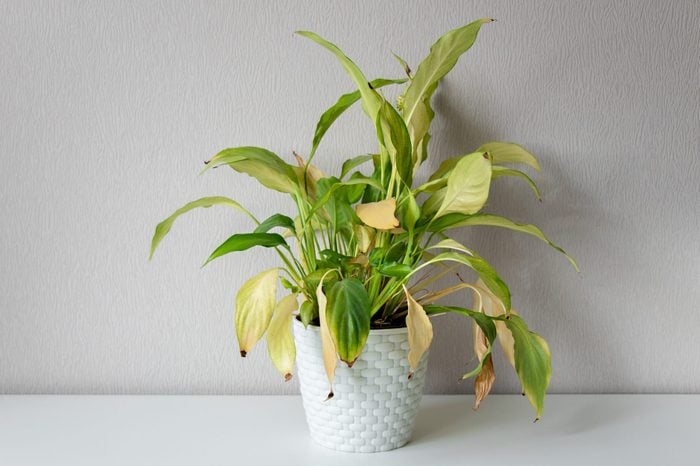
Aftercare Tips to Help Your Plant Thrive
- Keep in indirect, gentle light for a few days to reduce transplant shock.
- Avoid fertilizing for 4–6 weeks after replanting — fresh soil is already nutrient-rich.
- Water only when the top inch of soil feels dry (for most plants).
- Watch for signs of stress like drooping or yellowing leaves — it’s normal initially but should improve.
Common Mistakes to Avoid
- Using an oversized pot: Leads to soggy soil and root rot. Always size up gradually.
- Not loosening root-bound roots: Prevents new growth from spreading.
- Replanting in poor or old soil: Depleted soil lacks nutrients and may harbor pests.
- Overwatering after replanting: Let the soil dry slightly between waterings.
- Ignoring drainage needs: Always choose pots with proper drainage holes.
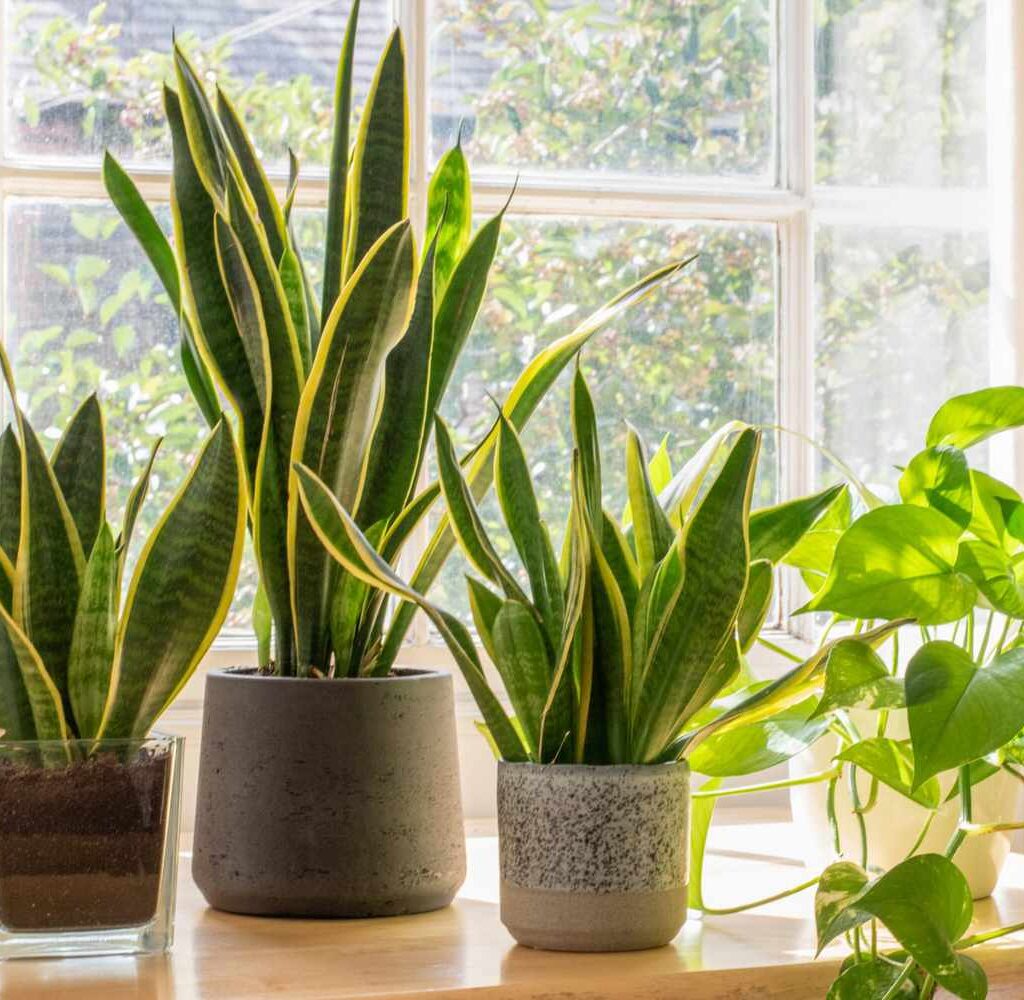
Bonus Tip: Replanting Outdoor Plants
For garden plants, follow a similar process:
- Choose early morning or evening to avoid heat stress.
- Water the plant well the day before moving.
- Dig a hole twice as wide as the root ball.
- Add compost or fresh soil to improve fertility.
- Firm the soil gently and water thoroughly after planting.
Final Thoughts
Replanting is like giving your plant a much-needed spa day — a refresh that can revive its health and enhance its beauty. While it might seem daunting at first, it’s a simple, rewarding task that deepens your connection with your plants.
By learning how to replant a plant properly, you not only extend its life but also improve your home’s atmosphere, one thriving plant at a time.
So, grab your gloves, choose a beautiful new pot, and give your leafy companion the fresh start it deserves. Your plant will thank you with vibrant growth and lush greenery for years to come.

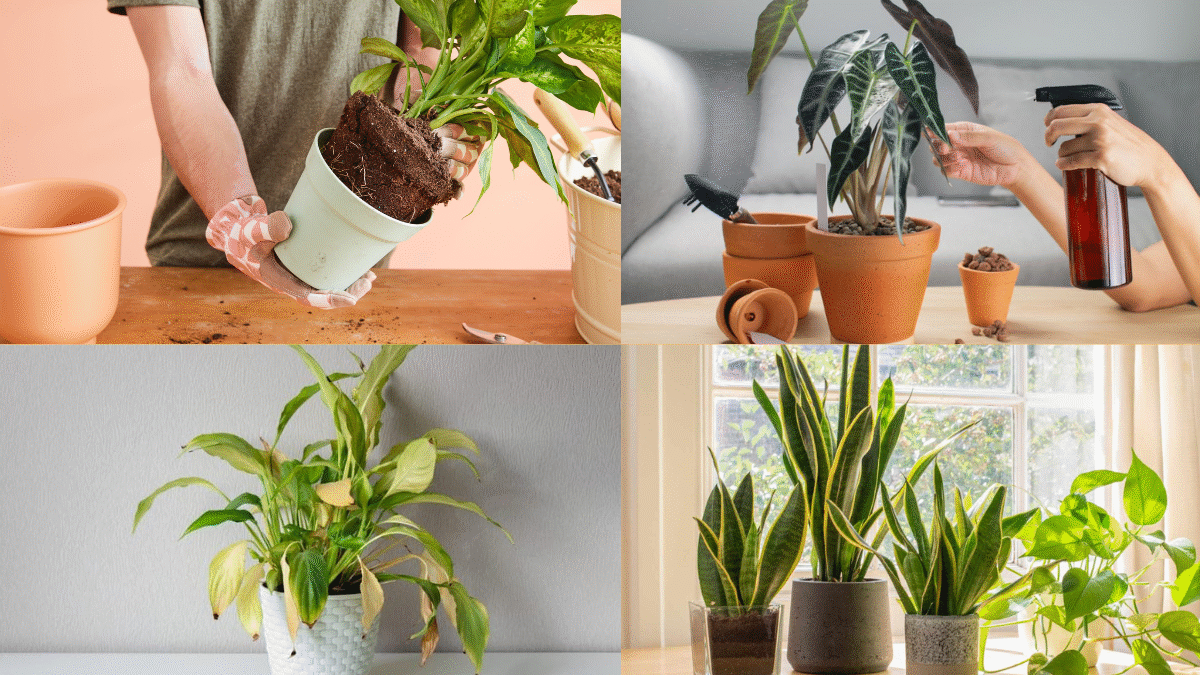



Leave A Comment